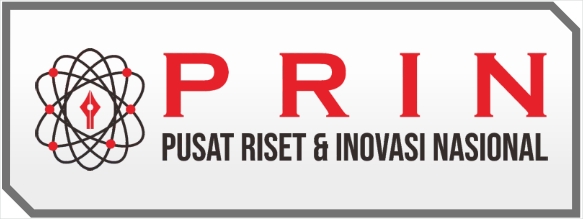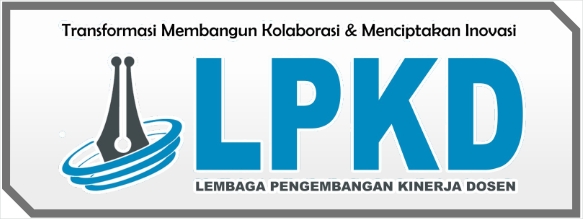ANALYSIS OF LANGUAGE STYLE IN THE NOVEL “RAIN” BY TERE LIYE
DOI:
https://doi.org/10.55606/jurribah.v1i2.461Keywords:
novel; hujan; tereliye; styleoflanguageAbstract
Novels usually only contain writings and rely on the imagination of the reader to describe what happened. Writers and authors must be able to describe their imagination so that the reader can be carried away in the story. For this reason, writers and authors usually use language style to make the story more lively. Tere Liye is one of the well-known Indonesian writers who has its own characteristics in the writing style of each novel. The style of language used by each writer and author of novel will be different. In this study, it will be discussed the style of language used in the novel "Hujan" by Tere Liye. The “Hujan” novels managed to enter the ranks of the Best Seller novels when it was published. It's not only the storyline that can attract readers, but the language it uses also manages to attract people to read novels. This study uses an analytical method, namely by analyzing the contents of the novel "Hujan" by Tere Liye. This study will discuss the language styles contained in the novel “Hujan” including allegory, alusio, anticlimax, antithesis, asyndeton, hyperbole, climax, metaphor, correction, paradox, personification, pleonasm, polysyndeton, repetition, rhetoric, simile, and synecdoche.
References
Adams, P. G. (2014). Travel Literature and the Evolution of the Novel. University Press of Kentucky.
Arifah, K. (2016). Figurative language analysis in five John legend’s song (Doctoral dissertation, Universitas Islam Negeri Maulana Malik Ibrahim).
Edwin, T., Winarta, I. B. G. N., & Ariyaningsih, N. N. D. (2022). AN ANALYSIS OF LANGUAGE STYLE PRESENTING MORAL VALUES FOUND IN RAINBOW TROOPS NOVEL. ELYSIAN JOURNAL: English Literature, Linguistics and Translation Studies, 2(1), 108-118.
Hede, A. M., & Watne, T. (2013). Leveraging the human side of the brand using a sense of place: Case studies of craft breweries. Journal of Marketing Management, 29(1-2), 207-224.
Horne, B., & Adali, S. (2017, May). This just in: Fake news packs a lot in title, uses simpler, repetitive content in text body, more similar to satire than real news. In Proceedings of the international AAAI conference on web and social media (Vol. 11, No. 1, pp. 759-766).
Larson, S. (2012). Musical forces: Motion, metaphor, and meaning in music. Indiana University Press.
Polaschek, D. L. (2012). An appraisal of the risk–need–responsivity (RNR) model of offender rehabilitation and its application in correctional treatment. Legal and criminological Psychology, 17(1), 1-17.
Ruzibaeva, N. (2019). PECULIARITIES OF THE ANTITHESIS IN THE LITERARY TEXT. European Journal of Research and Reflection in Educational Sciences Vol, 7(11).
Wales, K. (2014). A dictionary of stylistics. Routledge.

















